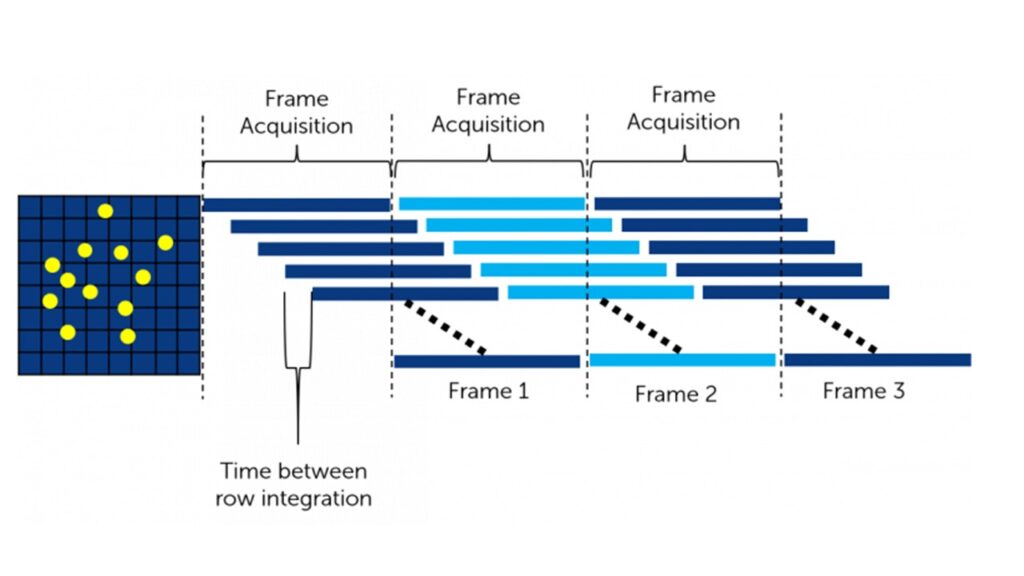In addition to its use in facial recognition, artificial intelligence (AI) also plays a critical role in advancing object recognition. Perhaps one of key and leading-edge applications for AI is in image recognition and diagnostics in healthcare.
According to a technology assessment report published by the U.S. Government Accountability Office (GAO) with content from the National Academy of Medicine, by 2030, annual healthcare spending in the United States is expected to reach $6.8 trillion. Since the government’s share of this spending is projected to be 48 percent by 2030, there is considerable interest in reducing the total cost and contribution. With its ability to analyze large amounts of patient data including 2D/3D imaging and more, AI is a key technology in the solution.
AI-assisted diagnostic decision support (AI-DDS) tools are already prominently found in the field of diagnostic imaging. Radiology has more Food and Drug Administration (FDA)-authorized (either cleared or approved) AI tools than any other medical specialty. However, several machine learning (ML) technologies (the leading AI approach in recent diagnostics development) are also already available to help medical professionals diagnose critical diseases including: certain cancers, diabetic retinopathy, Alzheimer’s disease, heart disease, and COVID-19.
General AI or GAI is a classification of approaches being used by several companies for different AI projects. For medical diagnostics, using GAI should improve the accuracy, speed, and efficiency of medical diagnoses. Another benefit is providing healthcare providers with additional insight and support in the diagnosis and treatment of patients. As research and implementation continues, AI algorithms will require large amounts of high-quality, labeled data to be effective.
Among the advances in camera technologies, in 2009, a joint venture between leading imaging companies created an improvement to complementary metal-oxide semiconductor (CMOS) image sensor technology called scientific CMOS or sCMOS technology. With sCMOS image sensing, exceptional quality scientific images are produced making the sCMOS sensors ideal for quantitative scientific measurements and research. Specifically, sCMOS technology offers:
- Rapid frame rates
- Extremely low noise
- Large field of view
- Wide dynamic range
- High resolution

Perhaps the major problem with any diagnostic tool is false positives. The American Cancer Society has observed that a high proportion of false results in mammograms has led to 1 in 2 women being told they had cancer. With AI, the review and translation of mammograms can be 30 times faster with 99% accuracy. In addition to avoiding the severe anxiety that a potential diagnosis of breast cancer can inflict, this reduces the need for additional tests to determine the true situation, such as biopsies.
For example, Ezra, a medical diagnostic company, has the goal of creating a $500 full-body magnetic resonance imaging (MRI) tool that anyone can afford, for early detection of cancer in various body locations. The company recently received FDA clearance for a product called Ezra Flash that combines MRI with artificial intelligence. An earlier version, simply called Ezra, produced a full body scan that screened for cancer in up to 13 organs, took 60 minutes, and cost $1,950. With Ezra Flash, the cost is reduced to $1,350 for the scan and it only takes 30 minutes for the same scan with AI used to enhance MRI images acquired at faster speeds.
References
Artificial Intelligence in Health Care: Benefits and Challenges of Machine Learning Technologies for Medical Diagnostics, https://www.gao.gov/products/gao-22-104629
No longer science fiction, AI and robotics are transforming healthcare, https://www.pwc.com/gx/en/industries/healthcare/publications/ai-robotics-new-health/transforming-healthcare.html
Artificial Intelligence for Medical Diagnostics—Existing and Future AI Technology!, https://www.ncbi.nlm.nih.gov/pmc/articles/PMC9955430/#:~:text=AI%20can%20analyze%20large%20amounts,history%2C%20and%20laboratory%20test%20results
What is a Scientific CMOS Camera?, https://andor.oxinst.com/learning/view/article/scmos-technology-what-is-scmos
Image source: Scientific CMOS (sCMOS) Cameras: The Basics, https://www.princetoninstruments.com/learn/camera-fundamentals/scmos-the-basics
FDA-cleared, state-of-the-art AI used to enhance MRI images acquired at faster speeds, https://www.foxnews.com/health/ai-technology-catches-cancer-early-ezra-full-body-mri-scanner
The AI powered, end-to-end cancer screening platform, https://ezra.com/technology


